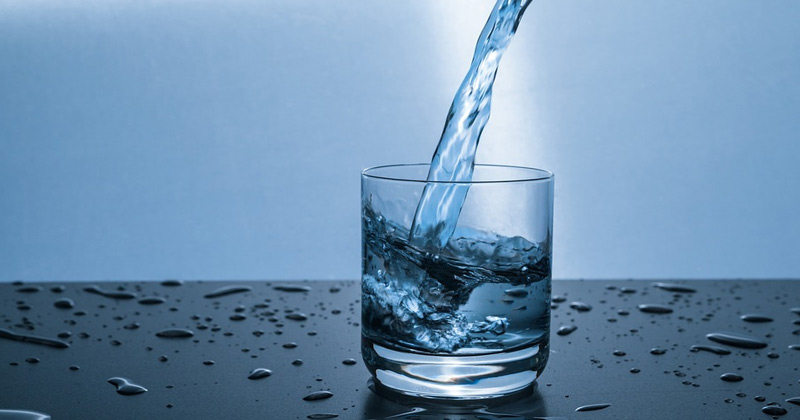Whether from the tap, in the bottle, or the vast rivers and oceans, water is the basis of life. The quality of drinking water is still limited. But How long does it take for the water to go bad? Let’s find out what things can influence it.

Water is not simply a liquid and it is clear to everyone who deals intensively with it. Some swear by water that comes deep from the earth, others prefer that with the fewest minerals, and still others only drink what flows clear and cold from the tap in their kitchen. Very few people in Germany assume that the water they consume every day is bad. But can water go bad at all?
The answer to the question of whether water can go bad is very clear – Yes. The reason for this is unfavorable hygienic conditions. The basis for this assessment is the guidelines from the current drinking water ordinance.
Total Germ Count Is Crucial
One of the parameters of the Drinking Water Ordinance is the total germ count. To be able to assess the quality of the water and its edibility, the total number of germs is measured in colony-forming units. A maximum of 100 colony-forming units per 100 milliliters may be detected in drinking water in clean drinking water. Water that comes into the household is below this value due to regular controls and the resulting measures. Outdated pipes and fittings in houses and households can, however, significantly impair the quality of the tap water.

Biofilms form over time in all commercial water pipes. Depending on the conditions such as temperature, flow, and material, these can promote the rapid multiplication of pathogenic bacteria.
Another problem for the water quality can be the material of the water pipe and the fitting. Heavy metals such as lead or nickel are harmful substances in drinking water. Such contamination by bacteria or heavy metals in the water is particularly dangerous for babies, toddlers, and anyone with a weakened immune system. Normally one can neither see, smell nor taste such impurities. You should stay away from water that smells bad, looks strange, or tastes strange.
Bacterial Nests On The Aerator
Another weak point is the aerator that refers to the end of the tap. The aerator should be cleaned and rinsed regularly. This is where the germs get stuck and multiply. If you also use a water-saving attachment without taking special care of it, you are doing the bacteria an extra favor and jeopardizing the water quality in favor of water-saving.
And Bottled Water? – Why Bottled Water Has Expiration Dates?
It’s different from bottled water. Water that is packaged airtight in glass bottles can also be kept practically indefinitely. Water in plastic bottles, on the other hand, should no longer be drunk after the printed best-before date, which the manufacturers are legally obliged to provide. It could be that the PET bottle releases hormone-like substances directly into the water over a longer period. Besides, such processes are accelerated by storage that is too warm or by direct sunlight.

What effects these substances have on health in the long term cannot be scientifically specified. For this reason, as a precautionary measure, we advise against consuming this water.
Also Read: Is Warm Water Free of Germs?
If your pet doesn’t drink the water on offer, you should keep your hands off it yourself. Many animals have much finer senses in this regard than humans and can therefore perceive bacterial contamination more easily.


